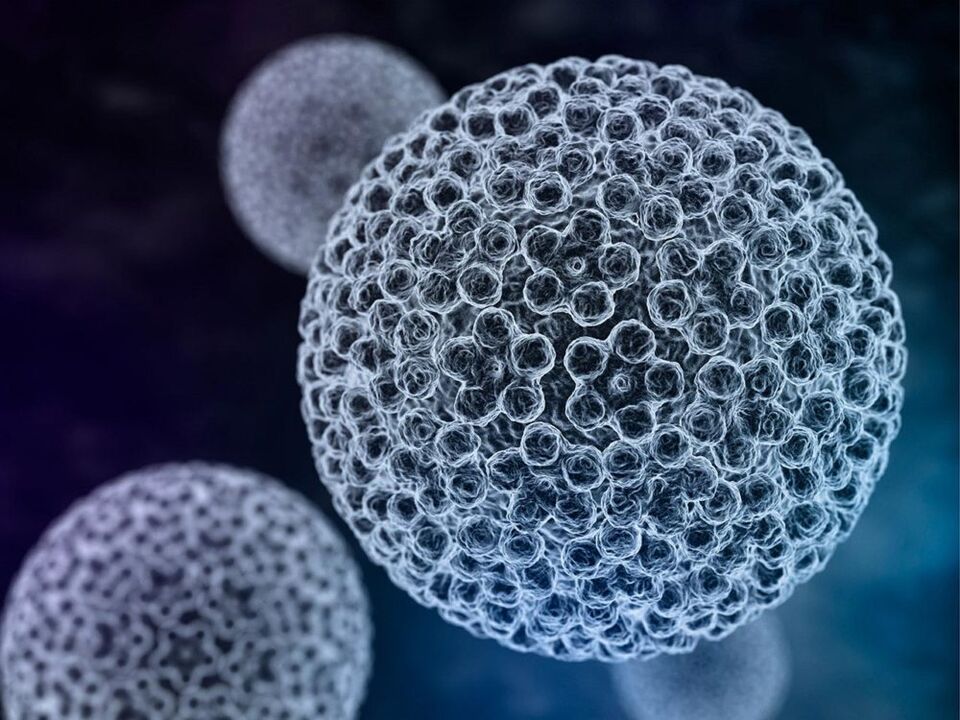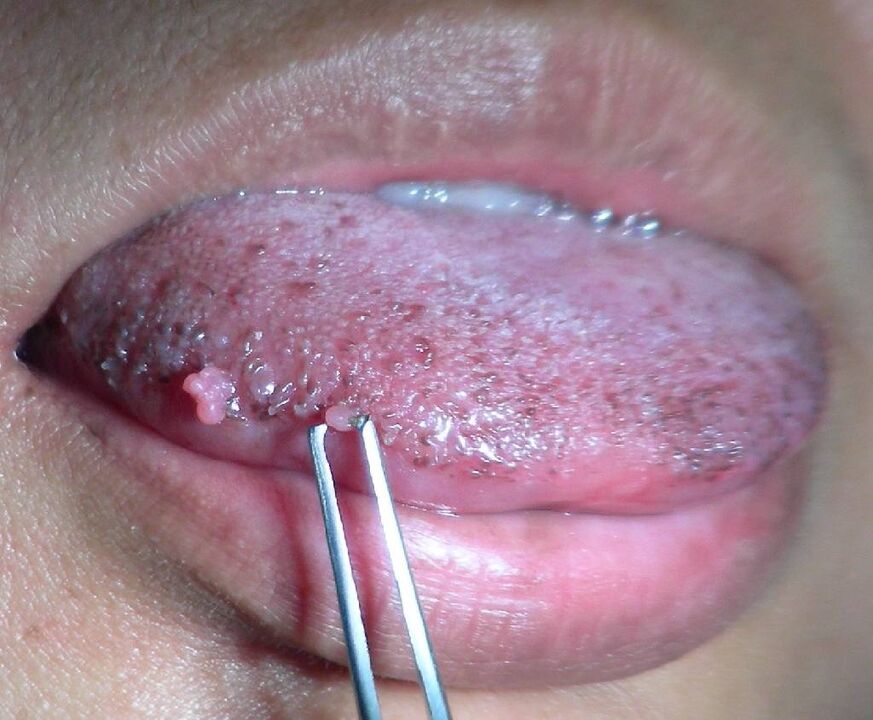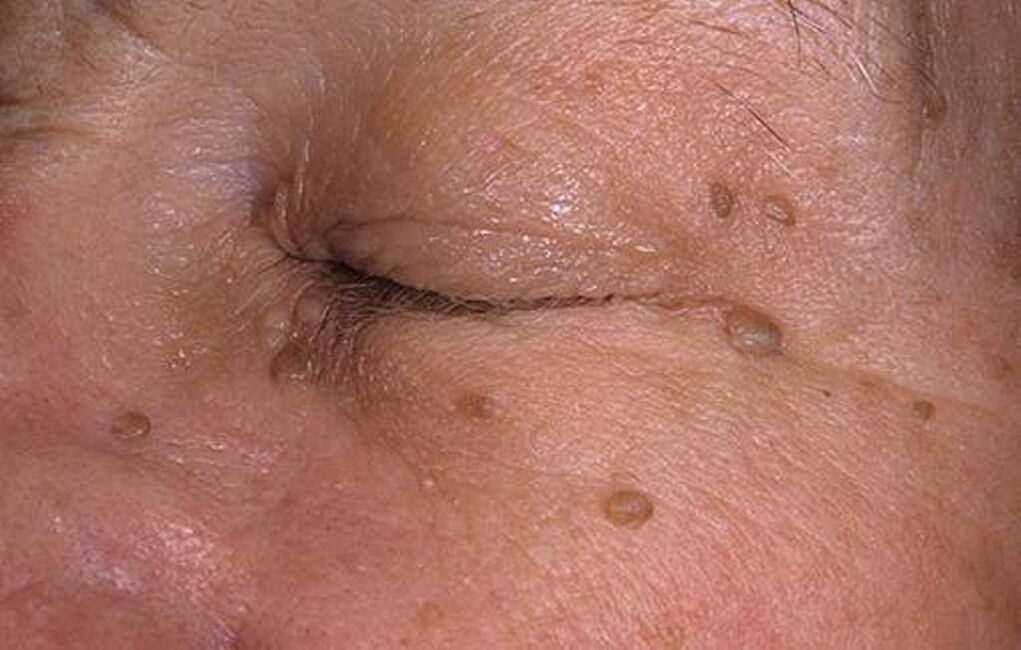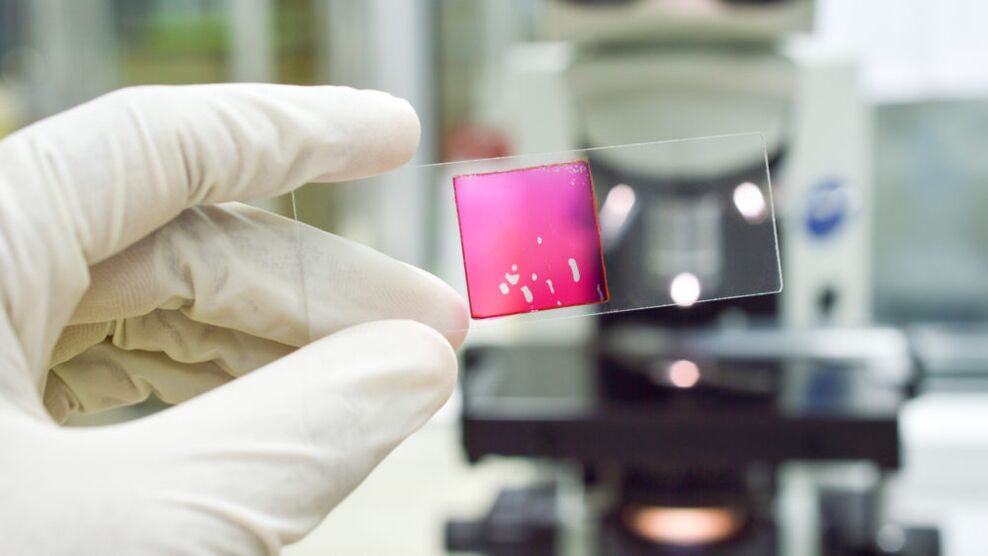
What is HPV

- On the skin of the body (warts vulgaris, flat warts, papillomas);
- Epidermis and mucous membranes of reproductive organs (condyloma acuminata, Bowenoid papulosis, cervical tumors, cancer);
- On the mucous membranes of other organs (mouth, throat, bladder, rectum, bronchi, etc. ).
- Low cancer risk (3, 6, 11, 13, 32, 40, 41, 43, 44, 51, 61);
- medium risk (30, 35, 45, 52, 56);
- High risk (16, 18, 31, 33, 39, 59, 64).
Mode of infection
- touch– By touch. This is why you get warts;
- domestic.The virus can remain viable in the external environment for some time. Infections may occur in public places such as bathhouses and swimming pools. Pathogens penetrate through microlesions in the skin.
- vertical.The virus can be passed from mother to child during delivery. In this setting, neonates occasionally develop papillomatosis of the larynx and upper respiratory tract. In some cases, babies are affected by genital warts.
- Autoinfection. Human papillomavirus infection (PVI) can be spread from one place to another throughout the body by things like shaving or scratching warts.
stages of infection development

important! The incubation period does not necessarily lead to the development of the disease. Perhaps the person is simply a carrier himself and will not develop clinical symptoms.

Causes of papillomavirus activation
- age. Healthy adults are less likely to develop PVI. More commonly - children, teenagers and the elderly;
- Long-term chronic illness that weakens the body;
- Endocrine pathologies (diabetes, thyroid disease) and hormonal fluctuations (pregnancy, menopause);
- Ongoing stress, long-term psychological and emotional stress;
- Malnutrition, strict diet, lack of vitamins, minerals and complete protein;
- Severe nutritional obesity and sedentary lifestyle;
- Taking drugs that suppress the immune system, radiation exposure, chemotherapy;
- Primary and secondary immunodeficiencies, HIV;
- Sexual intercourse and indiscriminate intimate contact before the age of 16;
- Co-infection with other sexually transmitted infections;
- Gynecological surgeries that cause mechanical damage to the cervical mucosa (abortion, dilation and curettage, screw installation, etc. ).
Diagnosis of HPV
Acetic acid test
Schiller test
cytology smear

PCR analysis
Dual gene test

Histological examination
Treatment of PVI
- Avoid factors that lower immunity and take vitamins;
- Recovery from a concomitant STI (if detected) does not progress to chronic disease;
- Maintain a healthy lifestyle and quit bad habits;
- Have sex with a permanent, trustworthy partner.
important! Immunomodulatory treatments can only be prescribed by a doctor based on the results of the immune map; uncontrolled use of the drugs may lead to the opposite result - immune system dysfunction.
- chemical removal with cauterizing agents;
- radio knife;
- electrocoagulation;
- laser destruction;
- Freezing damage.
Treatment prognosis
Prevent PVI
- use barrier contraceptive methods;
- having sex with a regular partner;
- Do not initiate sexual activity before the age of 18 because adolescents' immune systems are not fully developed;
- Avoid artificial termination of pregnancy.

Patient testimonials
- "I have genital warts and I didn't know about them, " the gynecologist said after the examination. I immediately asked if I should delete it and I agreed. She then gave me and my husband antiviral medication. It was expensive, but we decided: get treatment until the end. I also bathe with chamomile, rope and calendula. Everything has been clean for two years now. "
- "Doctors have different attitudes towards treatment. I was diagnosed with grade 1 dysplasia and HPV type 18. One doctor told me - just cauterize or you will get cancer later. Another said, 30No treatment is required before the age of 30, and especially before delivery. She prescribed only pills and suppositories. A year later, the virus was still being analyzed, but after two years it was no longer present, and the cervix became normal. But at 30Later, as the second doctor told me, the body can no longer heal on its own. "















